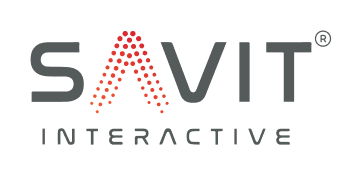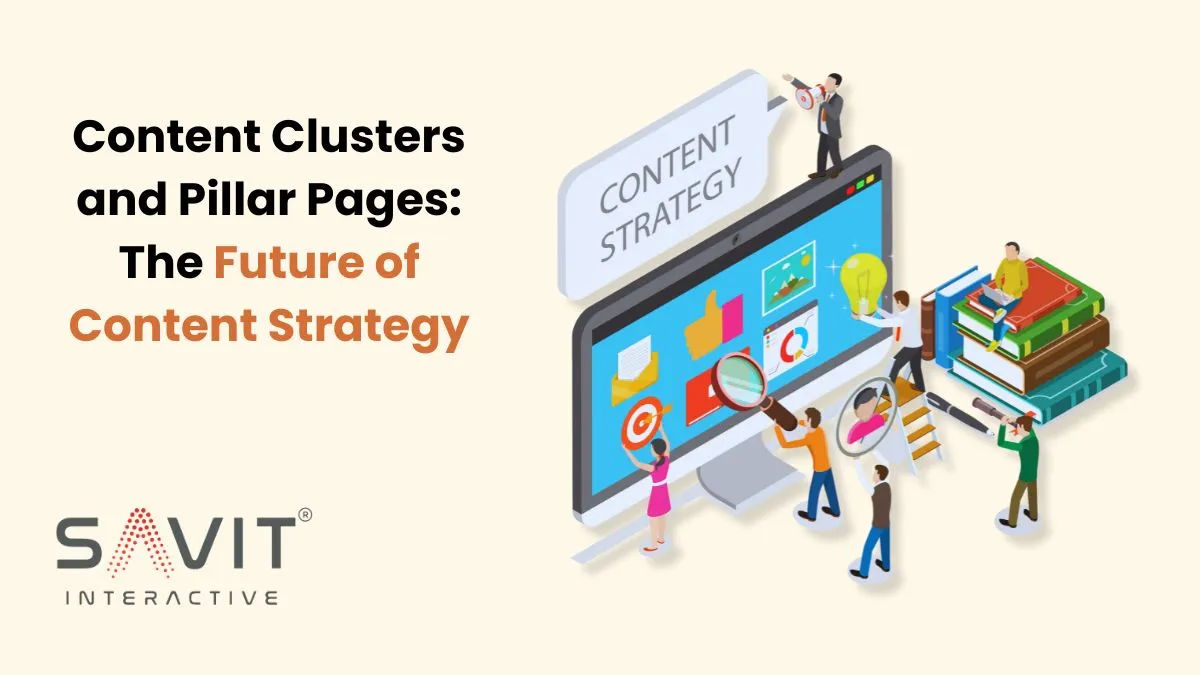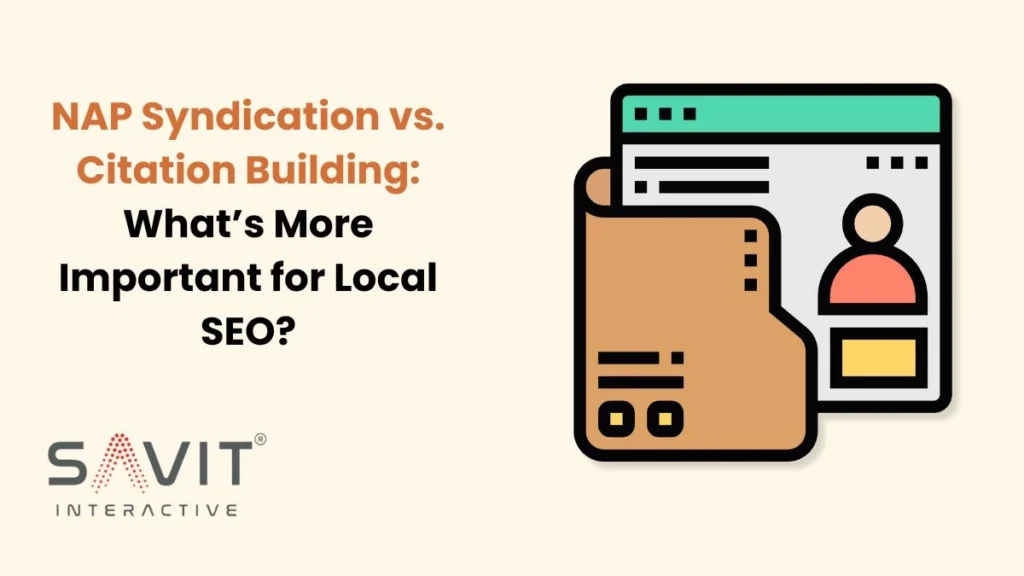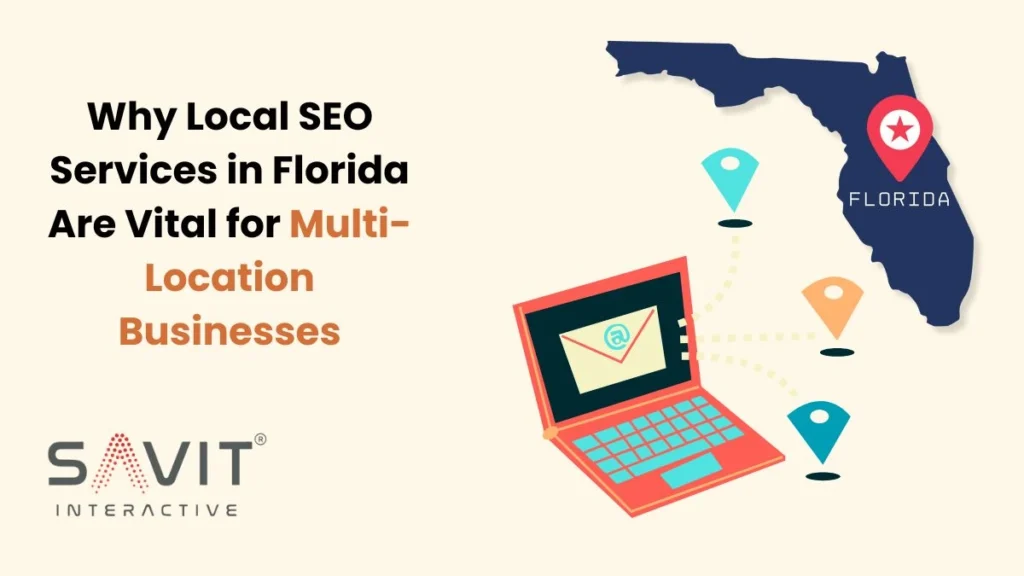To truly elevate their online presence, businesses must navigate the ever-changing landscape of digital marketing trends. One game-changing strategy that has emerged is the use of content clusters and pillar pages. This innovative approach not only organizes your website more effectively but also boosts your search engine rankings significantly.
At Savit Interactive, we understand the power of a well-structured content strategy. By creating topic-focused clusters surrounding your pillar pages, you can enhance user experience and establish your brand as an authority in your niche. This method allows you to interlink related content seamlessly, making it easier for search engines to crawl and index your site.
Key Takeaways
- SEO content clusters and pillar pages are the future, making websites more organized and easier to use.
- These strategies boost SEO and make the user experience better, helping your site rank higher in search results.
- To use a content cluster strategy, create main pages with general info called “pillar pages” and link them to smaller, detailed pages known as “topic clusters.”
What Are Content Clusters and Pillar Pages?
Content clusters are a group of interlinked web pages that revolve around one overarching topic. The content cluster has a main page that discusses a big topic in detail. Other smaller pages discuss smaller topics and link back to the main page. This helps both search engines and users easily find and understand your site’s information.
Think of a pillar page as the trunk of a tree, with topic clusters branching out like limbs that support and feed into the main trunk. This structure helps Google and other search engines see how content pieces are related, which improves their ranking.
Why Are Content Clusters Important for SEO?
Search engine algorithms have grown more sophisticated over the years, prioritizing user experience and content relevance over keyword stuffing. This shift has made content clusters SEO essential for businesses that want to improve their website’s visibility and authority. Here’s why:
- Improved Content Organization: By grouping related content together, you make it easier for both search engines and visitors to find what they’re looking for.
- Enhanced User Experience: A well-structured content strategy SEO ensures that users can easily navigate between related articles, which keeps them engaged longer on your site.
- Authority Building: Linking various topic clusters back to a pillar page helps establish your website as an authoritative resource on a particular subject, thereby boosting your domain authority.
- Better Ranking Opportunities: Google favors content that is organized and comprehensive. A pillar page SEO strategy enables you to target multiple keywords and topics more effectively, giving your site better ranking opportunities.
How to Implement a Content Cluster Strategy
Implementing a successful content cluster strategy requires a deep understanding of your audience’s needs and a clear focus on delivering value through your content. Here are some steps to get you started:
1. Identify Core Topics and Subtopics
Start by choosing a broad subject that aligns with your business goals and audience interests. This will serve as your pillar page topic. If you run a digital marketing agency, you could have a main page about “SEO Strategies.” This page would link to other pages on specific topics like “On-Page SEO,” “Technical SEO,” and “Link Building.”
2. Create a Pillar Page
Your pillar page should provide a comprehensive overview of your chosen topic. While it needs to be detailed enough to stand on its own, it should also act as a gateway to more specialized content on your site. Think of it as a high-level guide that encourages users to explore your related articles.
3. Develop Cluster Content
Once your pillar page is in place, the next step is to create individual blog posts or articles for each subtopic. Each of these pages should dive deeper into a specific area and include internal links pointing back to your pillar page. This creates the content cluster.
4. Interlink Your Content
Internal linking is critical to the success of a content clusters SEO strategy. Make sure to link each piece of cluster content to the pillar page and vice versa. This not only helps with navigation but also signals to search engines that these pages are related and valuable.
5. Optimize for SEO
Ensure that your pillar page SEO and topic clusters are fully optimized for search engines. Use relevant keywords, include engaging meta descriptions, and make use of headings and subheadings to break up the text. Also, remember to use backlinks strategically to strengthen the authority of your pillar page.
Key Benefits of Using Content Clusters and Pillar Pages
- Enhanced Website Structure: By grouping your content, you make it simpler for search engines to find and organize it.
- Improved Search Rankings: By using many related keywords, your content is more likely to show up in different searches.
- Increased User Engagement: A good content cluster keeps visitors on your site longer by showing them related articles, making them stay and explore more.
- Authority Building: Creating a main page as a trusted source in your area helps you gain credibility and makes it easier to get good backlinks.
Conclusion
As search engines get smarter, businesses need to update their content plans to keep up. Using content clusters and pillar pages is a smart way to make your content easier to find and more interesting to readers. This strategy can help you succeed in the constantly changing online world.
Take the leap to digital excellence with Savit Interactive! With our innovative approach to content clusters and pillar pages, we’ll help you create a seamless user experience and boost your search engine rankings. Connect with us today and redefine your content strategy!
FAQs
1. What is the difference between a content cluster and a pillar page?
Ans: A pillar page is the central piece of content that provides a comprehensive overview of a topic. A content cluster is a group of related articles or blog posts that support the pillar page by diving deeper into specific subtopics.
2. How do content clusters help with SEO?
Ans: Content clusters help search engines understand the relationship between different pieces of content on your site, which can improve your site’s relevance and authority, leading to better search engine rankings.
3. Can any website use content clusters, or is it only for large websites?
Ans: Any website, regardless of size, can implement a content clusters SEO strategy. It is especially beneficial for businesses looking to organize their content and improve SEO.
4. How long does it take to see results from a content cluster strategy?
Ans: Businesses often see better results and more visitors 3 to 6 months after starting to use SEO in their content, focusing on key topics and related articles.







